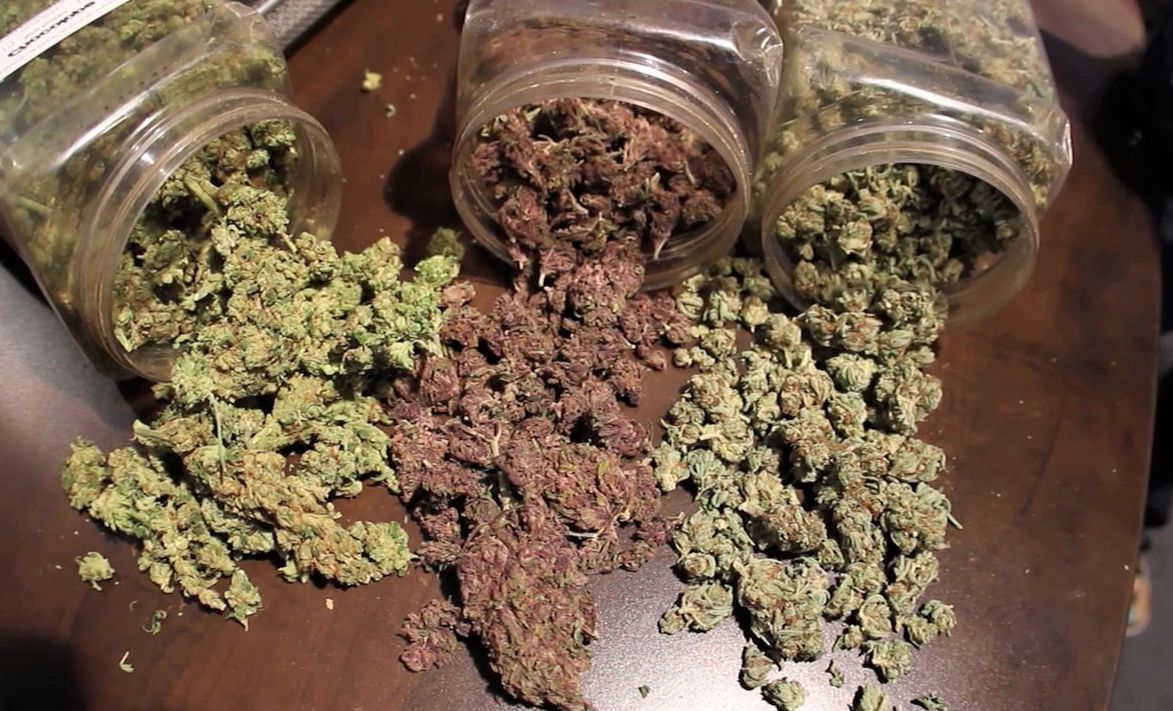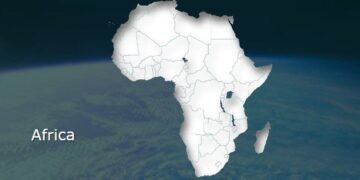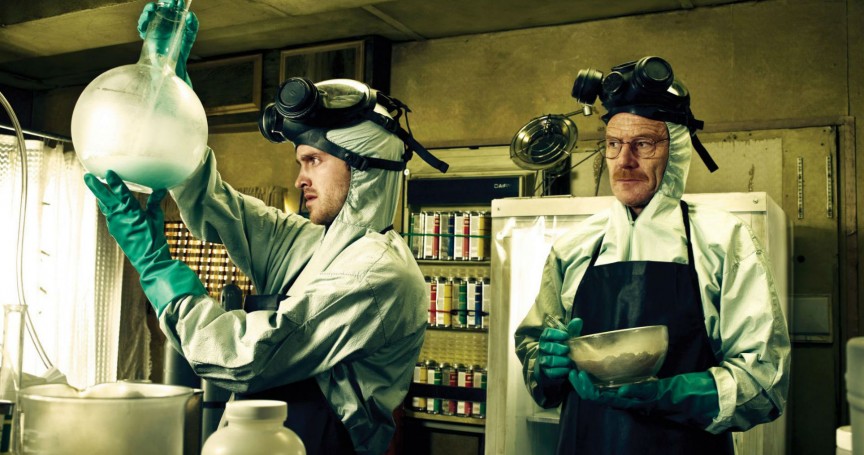Most common illegal drugs – There is no denying the global phenomenon that is drug trafficking. Illicit cultivation, manufacture, distribution and sale of these substances amounts to over $500 billion annually. In the past decade, there has been a marked increase in global drug use and experts blame this on rising polydrug use: more people are using two or more substances at the same time or sequentially.
More..
- Top 10 illuminati signs and the celebs that use them (+Photos)
- 9 ways girls behave when they are no longer v*rgins – See this now!
- 10 formerly successful celebs that’ll never make a comeback (+Photos)
- 35 Nigerian celebrities bikini photos you can’t stop staring at!
As more people consume more drugs, you’ll find that there is no shortage of variety. Every day, there seems to be a new drug created. One of them is “flakka”; said to be similar to cocaine, this drug reportedly makes the user experience “excited delirium”. A more notable effect is that they feel stronger and faster than they actually are.
Drugs like this are known as synthetics and have become a source of worry for law enforcement and health authorities. For one, there is no “ideal” dosage, which can mean the difference between getting “high” and overdosing.
Synthetic drugs like this have become more common due to the global crackdown on other drugs. Thanks to some dark parts of the Internet, trafficking of these drugs can be done without detection.
While some argue that alcohol and nicotine should be classified as illegal, this list is about the countries that produce the 10 most common illegal drugs.
10. Synthetic Cannabis

In response to the global crackdown on drug manufacture, 2014 saw a rise in the use of “spice”, a synthetic cannabis-like drug. This drug is sold in legal retail outlets as herbal incense. Users claim it produces a sensation similar to traditional marijuana.
Though labeled “not for human consumption”, users tend to assume the drug is safe as they are so readily available. But in reality, they tend to be unpredictable because potency levels vary, and they can also be laced with other substances. Tests by regulatory bodies have found that they only contain multiple analogs of the cannabis chemical. As an analog, it is hard to detect on a regular drug test.
Being a chemical analog, spice can be up to 1,000 times stronger than cannabis. This has led to adverse effects from taking as little as one hit. Placed under control by the DEA in 2010, the chemicals used to make spice are produced in China then shipped to Europe for packaging and sell as “legal high” products.
Navigate using <-> arrows below




































Discussion about this post